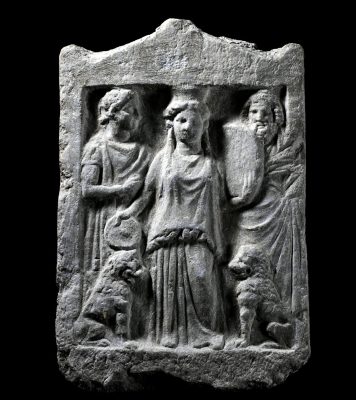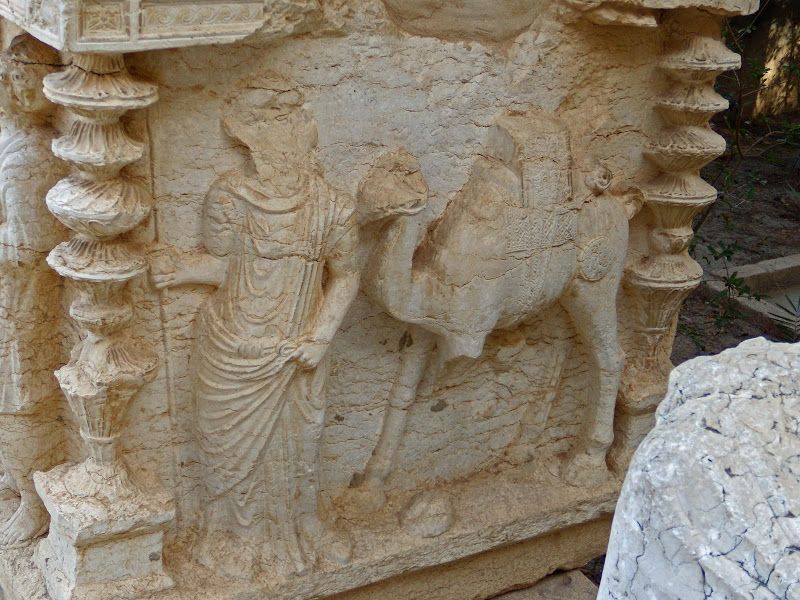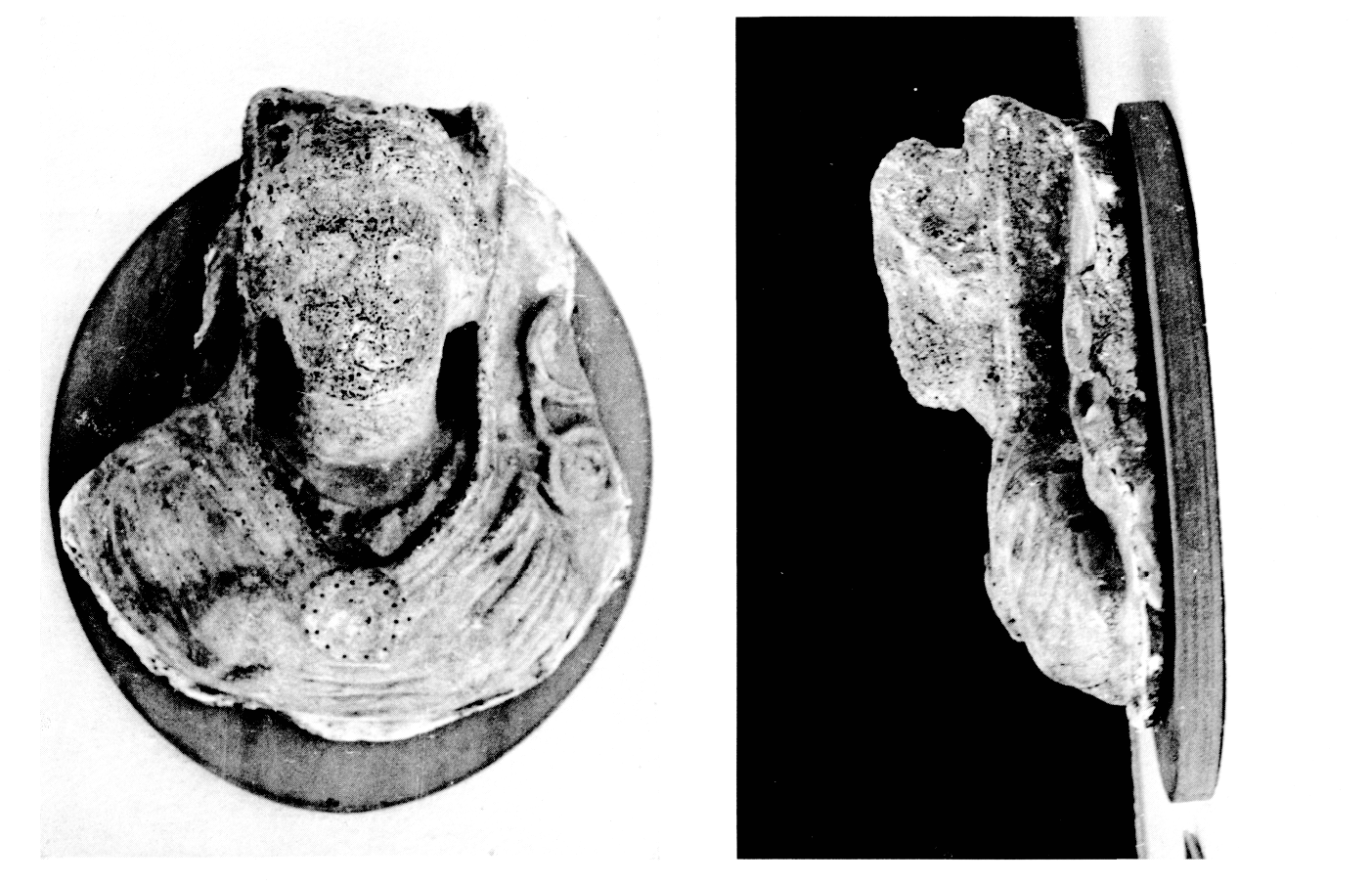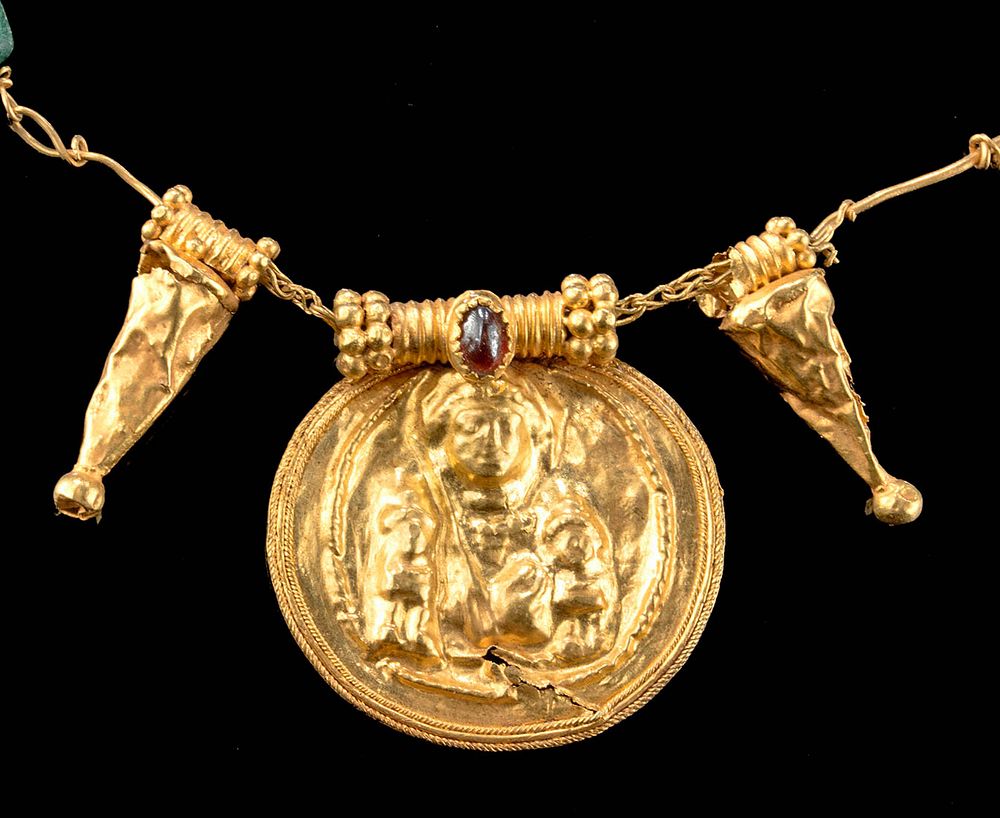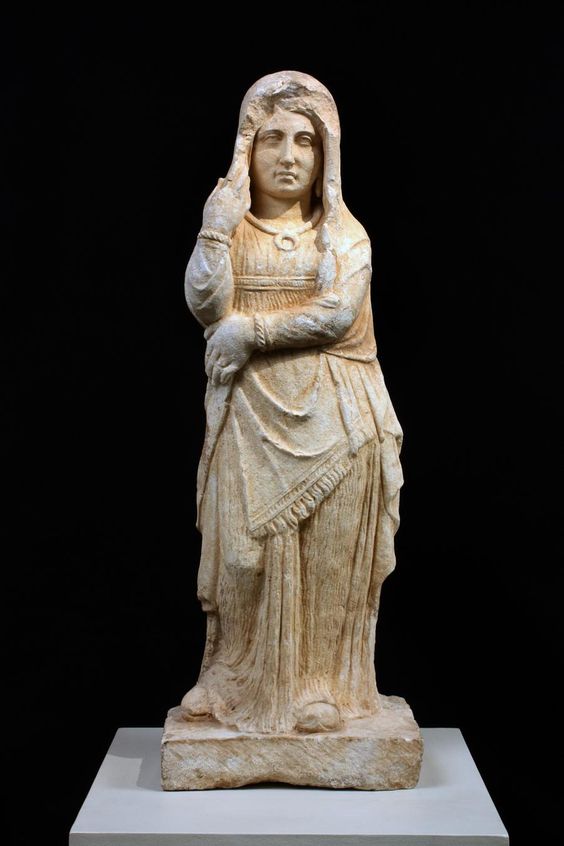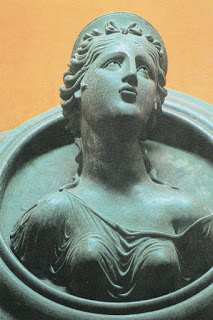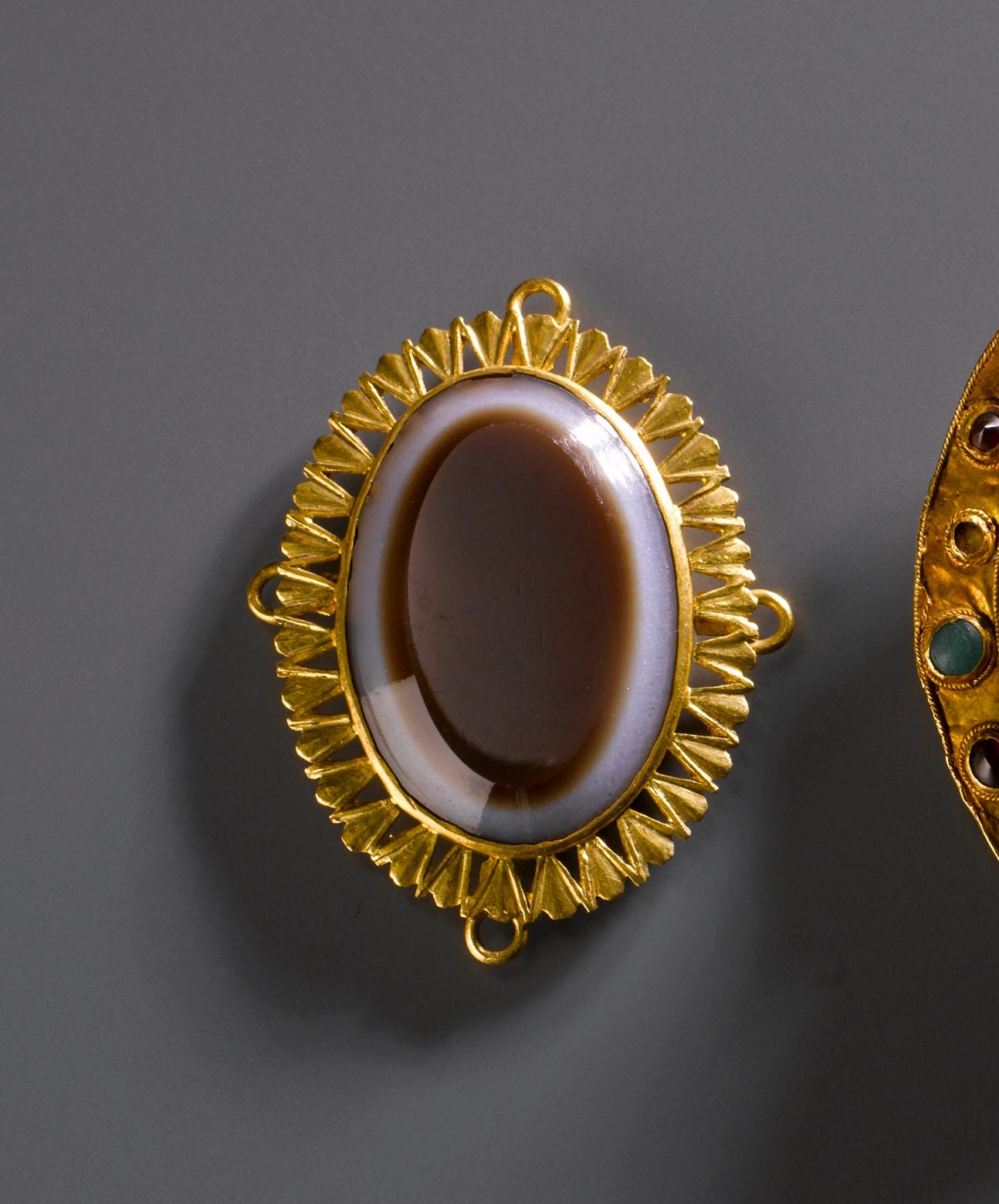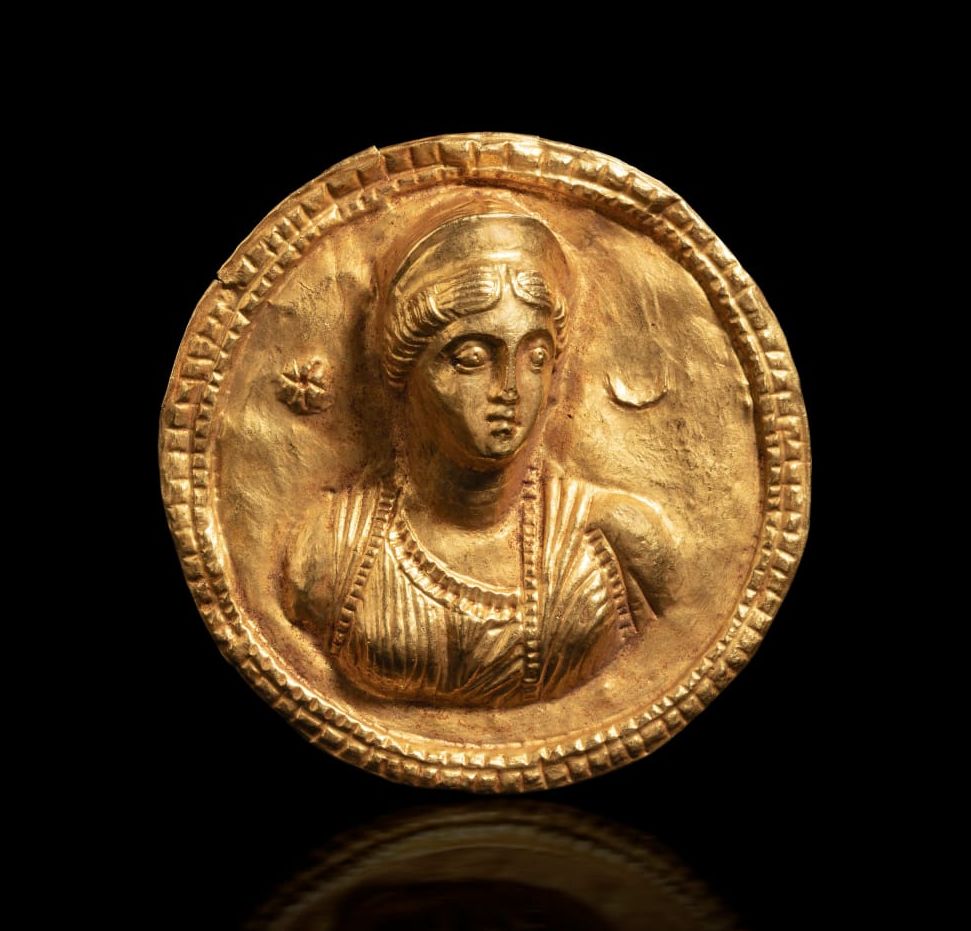page in progress
Goddess riding
Cameo with Dea Syria riding a lion, Pannonia, Roman time Hungary
Goddess Dea Syria on a small Roman cameo. Found in the Roman Intercisa, Pannonia Provincia (now the city of Dunaújváros, Hungary). There are four loops on the back side, this could have been an ornament sewn onto a garment, or part of a bigger jewel, i. e. body chain, necklace. Museum record
Read also >> https://library.hungaricana.hu/
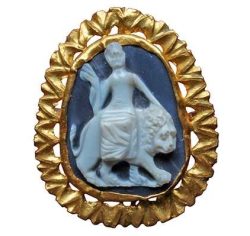
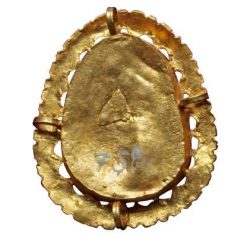
In the Louvre collection three are three golden medallions depicting Aphrodite riding the lion, and her son Eros. All three were made in Syria, 3rd century BCE.
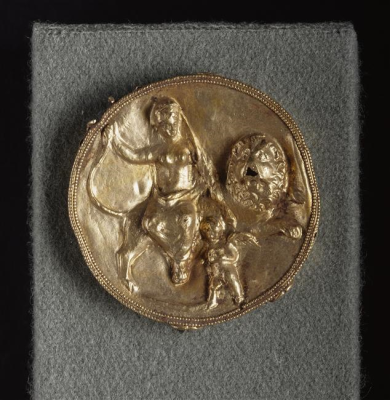
© 1995 RMN-Grand Palais (musée du Louvre) / Hervé Lewandowski
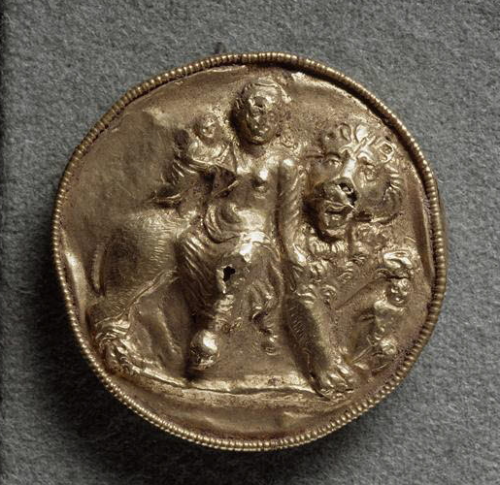
© 1995 RMN-Grand Palais (musée du Louvre) / Hervé Lewandowski
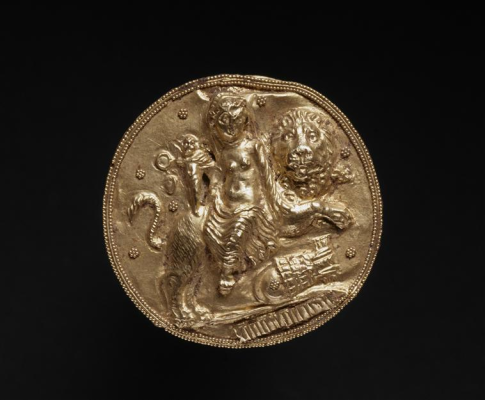
© 1995 RMN-Grand Palais (musée du Louvre) / Hervé Lewandowski
Similar medallion from 3rd century Syria there is in the collection of BNF Paris. Made of gold is decorated with garnets and green glass paste, its diameter is almost 4 cm.

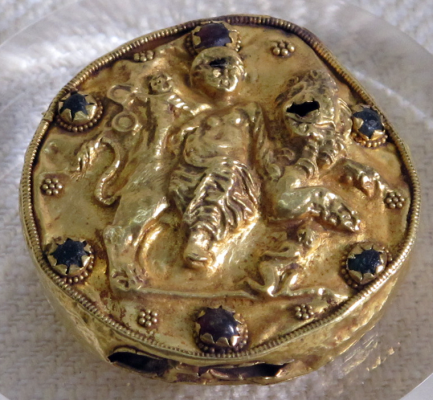
CYBELE riding a lion
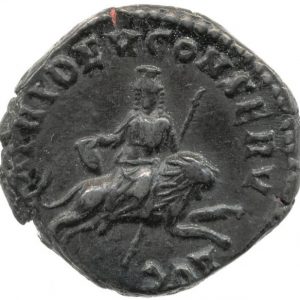
In the British Museum >>
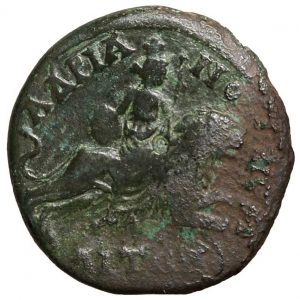
https://www.forumancientcoins.com
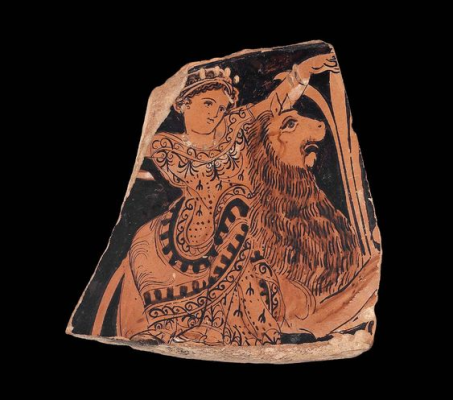
©MFA Boston
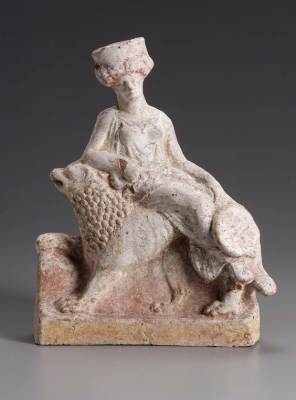
Greek terracotta figurine, ca 400 BCE
©MFA Boston
“Mothers of the Gods: A Case for Syncretism in the Cybele and Isis Cults at Pompeii”
R. Caudill
Published 18 May 2015
https://www.semanticscholar.org

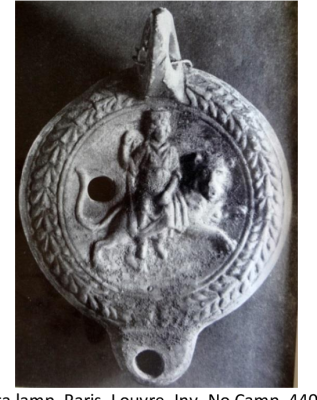
TANIT
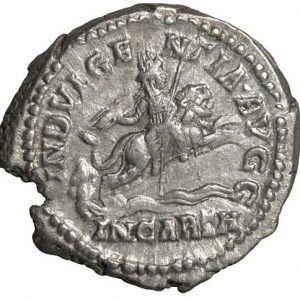
https://www.forumancientcoins.com
ATARGATIS riding a lion
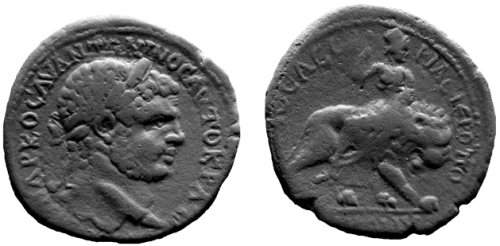
Two Syrian deities, Kevin Butcher
https://journals.openedition.org/syria/344
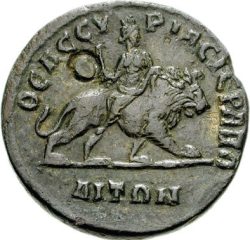
https://en.wikipedia.org
Aphrodite Epitragia riding a goat

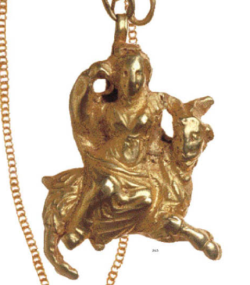

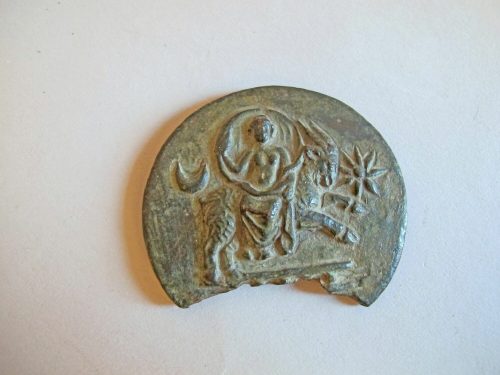
Musée du Louvre, Br 3466 – https://collections.louvre.fr/ark:/53355/cl010291214
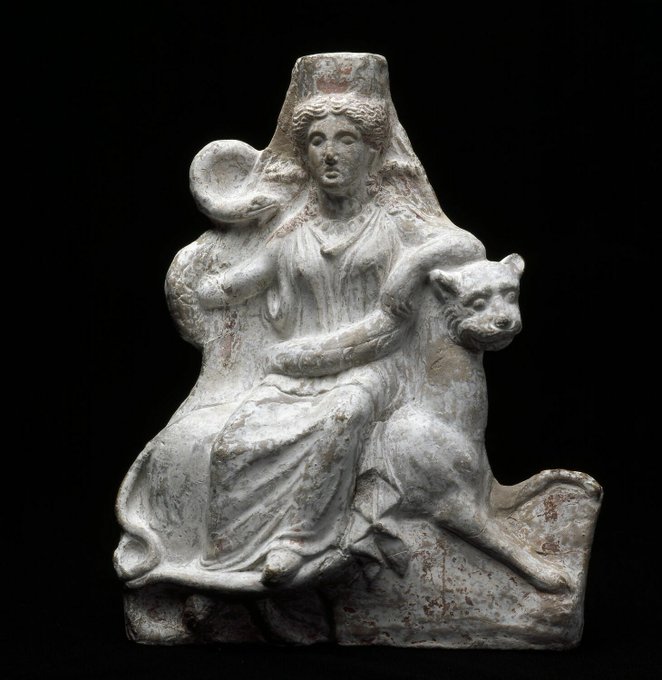 Goddess Demeter riding a panther. Terracotta figurine from Thebes, 375-325 BCE https://collections.louvre.fr |  Relief of Isis-Sothis – Isis riding a dog, Roman, 2nd–3rd C, from Savaria academia.edu |
Goddess seating on the throne
CYBELE
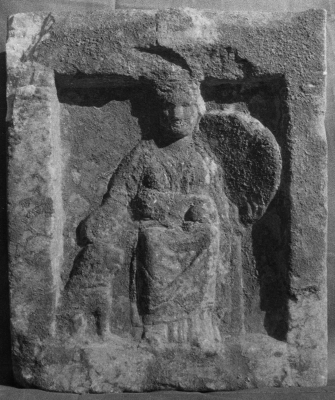
https://sardisexpedition.org
Cybele relief from Sardis, 4th century BCE
“Cybele, whose head reaches over the frame, has no polos. She wears a chiton and a cloak draped over her lower body and legs, of which a fold falls over the throne on her r. side. In her l. hand she holds a big tympanum and in her r. hand a small round bowl. She is seated on a square throne. A small lion lies in her lap, the head to her r. A lion sejant in profile sits at her feet on her r.
The work is interesting in that it combines the earlier type of a seated Cybele holding a lion in her lap, which begins in late archaic times, with a type of the Mother of Gods in Phidian style, created by Agorakritos (?) and distinguished by Cybele’s holding the tympanum and having two (rather than one) lions sitting at her sides.”
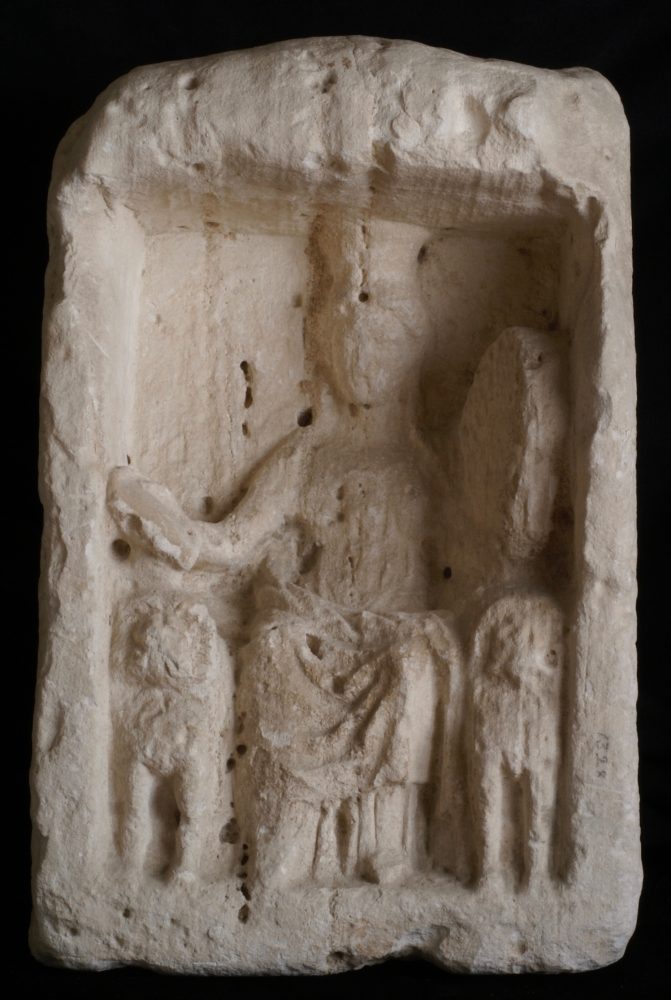
Photo ©Eva B. Mannheimer
Eva B. Mannheimer, The Mother of Gods in Alexandria; 2017 http://www.materfilia.se/the-mother-of-gods-in-alexandria/
“The relief sculpture of a mature goddess, enthroned in her naiskos, which has recently been acquired by the University of Alexandria, Egypt and exhibited in the Faculty of Arts Educational Museum, represents one of the most influential and widespread votive depictions of the Greek Meter, Mother of the Gods, Kybele, and Rome’s Magna Mater, Cybele, originally the Phrygians Matar, Matar Kubile, Mother and Mountain Mother.
The Mother is seated on a low throne in a naiskos, between two lions. Both the goddess and the lions, seated on their hind legs, are shown strictly frontal, in a hieratic position. The goddess holds a large tympanon in her left hand, vertically and from under, and a flat libation bowl, slightly damaged but probably a phiale, in her outstretched right hand. She wears a medium high polos, a chiton, (damaged on the upper part of the body but probably) pinned on both shoulders, and a himation or mantle, attached to her polos and extending from under her right arm, and draped across her lap, falling down in a tip on her left side. She sits with her legs somewhat apart with her feet (probably?) on a footstool. […]
This Kybele-naiskos, made in white limestone, is most probably a votive from the late Hellenistic or early Roman era. It is modelled after the marble votive reliefs of the Greek Meter which were produced ‘en masse’ in the Greek centers of her cult, Athens and Pireus, during the 5th and 4th centuries BC, and reproduced and distributed, as a sign of the goddess’s growing popularity in the Hellenistic and later in the Roman world – the center of the cult by then once again western/central Anatolia, now Roman Asia.”
Atargatis and Hadad
Two Syrian deities, Kevin Butcher
https://journals.openedition.org/syria/344
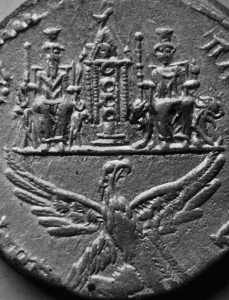
Private collection, Paris.


Staatliche Museen zu Berlin, Münzkabinett.
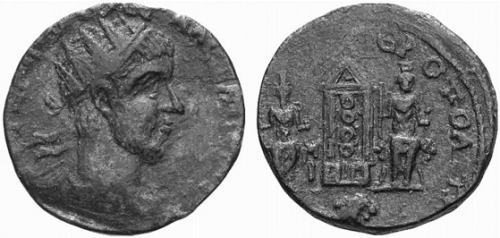
Private collection, UK.
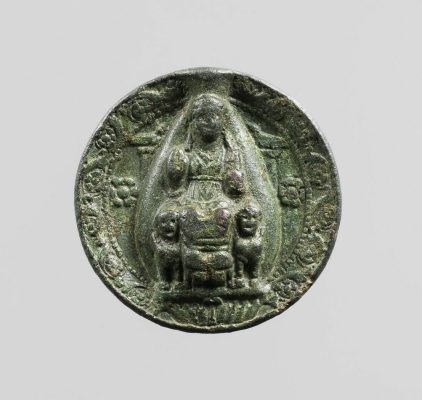
Musée du Louvre, AO 21101 – https://collections.louvre.fr/ark:/53355/cl010145831
Medallion with Venus / Aphrodite
Place of discovery: Baalbeck
Bronze, diam. 5.4 cm
A mold / matrix? [compare with Harvard]
“Decor: Venus (veil, kalathos, chiton, mantle, belt, holding, ear of wheat, seated, on); throne (sphinx); stool ; rose window; foliage; acanthus leaf
Details of the object: Medallion with a smooth reverse and a face adorned with a figure representing the Heliopolitan Venus seated on a seat with a backrest, her feet on a stool. She is dressed in a chiton tightened by a belt and a coat. She is wearing a veil surmounted by a kalathos. With her right hand, she makes a gesture of blessing, with the other, she holds a bouquet of ears (?). In the field, two rosettes and a double foliage starting from an acanthus chalice console”
Together with https://collections.louvre.fr/en/ark:/53355/cl010145832
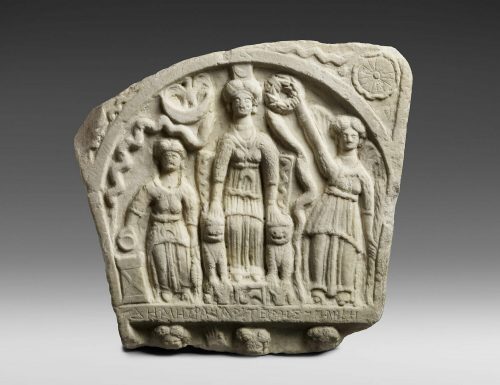
Roman, 200-225 CE In Louvre >>
Musée du Louvre, MND 701
